Cats are fascinating creatures with a wide array of behaviors that can sometimes baffle even the most experienced pet parent. While their actions might seem random or even troublesome to us, there is often a logical explanation rooted in their instincts and natural tendencies. Understanding these behaviors not only strengthens the bond between you and your feline friend but also ensures a harmonious household. In this article, we’ll explore ten common cat behaviors that often leave pet parents scratching their heads.
1. The Mysterious Headbutt
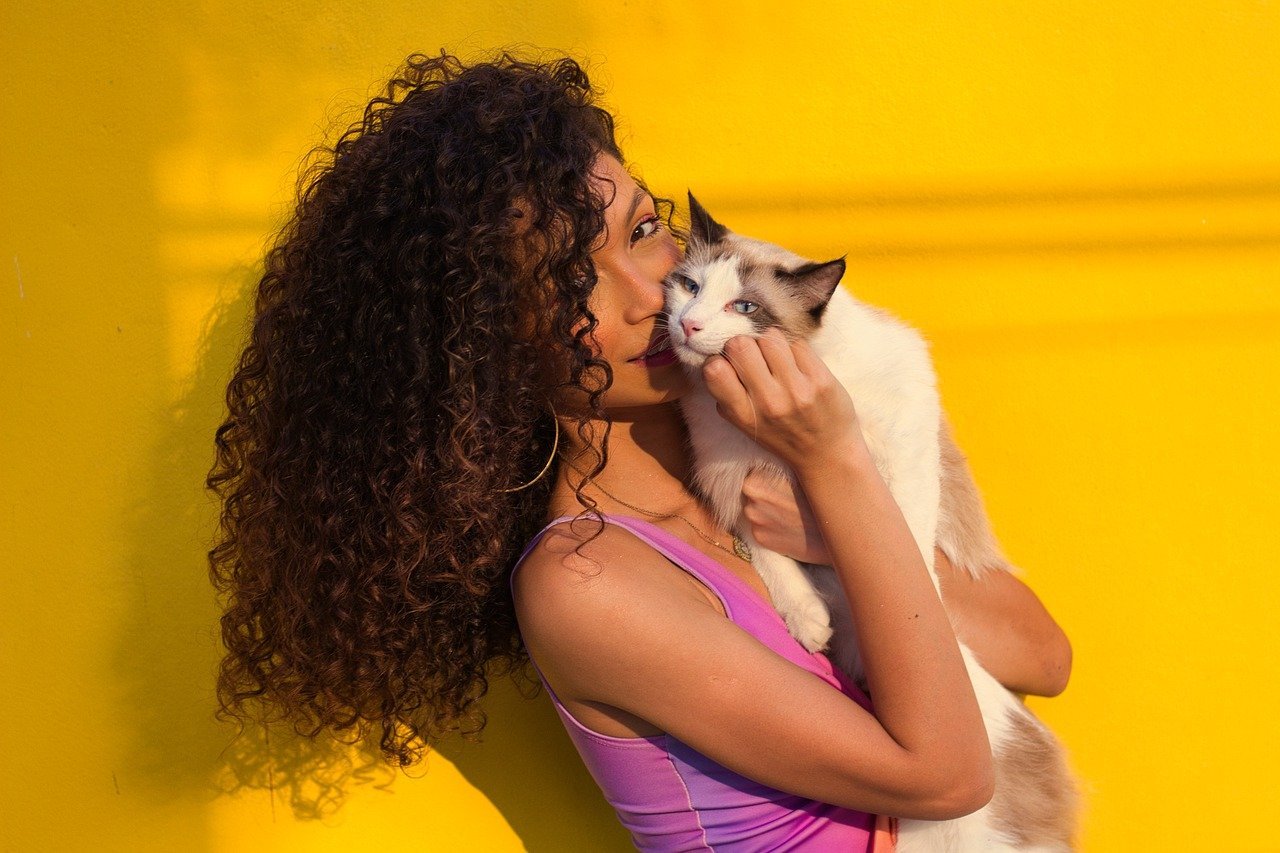
When your cat gives you a gentle headbutt, it might feel like a strange greeting. However, this behavior is actually a sign of affection. Cats have scent glands located in their heads, and by headbutting you, they are marking you with their scent, essentially claiming you as part of their family. It’s their way of saying, “You belong to me.” This action can be compared to a human hug, offering warmth and connection.
2. The Midnight Zoomies
Many cat parents are familiar with the sudden burst of energy their feline exhibits late at night. These ‘zoomies’ can be traced back to a cat’s predatory instincts. In the wild, cats are crepuscular, meaning they are most active during dawn and dusk. Your indoor cat might not have prey to hunt, but the instinct to be active during these hours remains. Providing toys or playtime can help channel this energy constructively.
3. Kneading with Paws
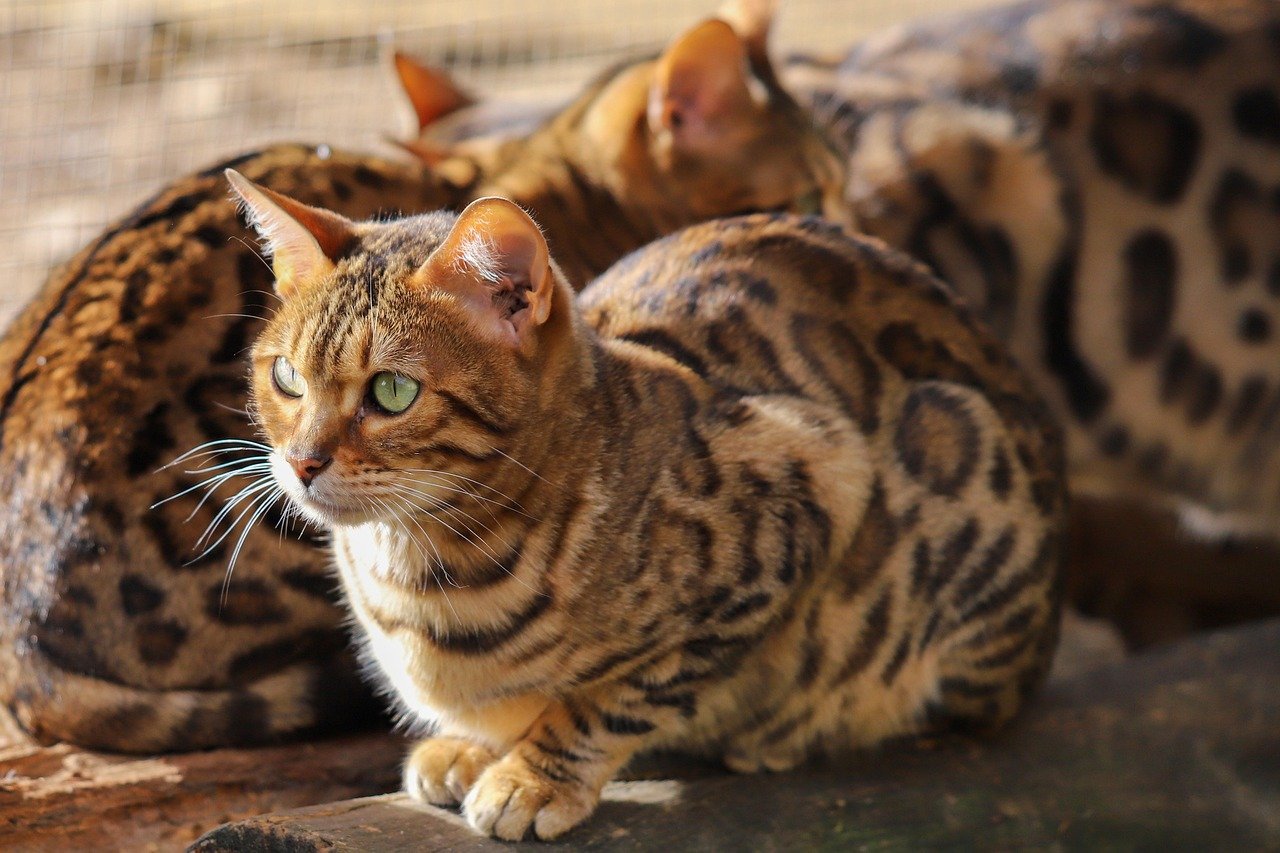
Kneading is a behavior that dates back to kittenhood. When kittens nurse, they knead their mother’s belly to stimulate milk flow. As adults, cats continue this behavior as a sign of comfort and contentment. When your cat kneads on you, it indicates that they feel safe and relaxed, much like they did with their mother. Think of it as a gentle massage, a sign of trust and happiness.
4. The Love of Boxes
It’s no secret that cats adore boxes, but why? The enclosed space provides a sense of security and warmth. In the wild, cats seek out small, enclosed spaces to hide from predators or to ambush prey. A box offers a perfect vantage point, allowing them to observe their surroundings while feeling protected. To a cat, a box is like a cozy fortress where they can let their guard down.
5. The Tail Twitch
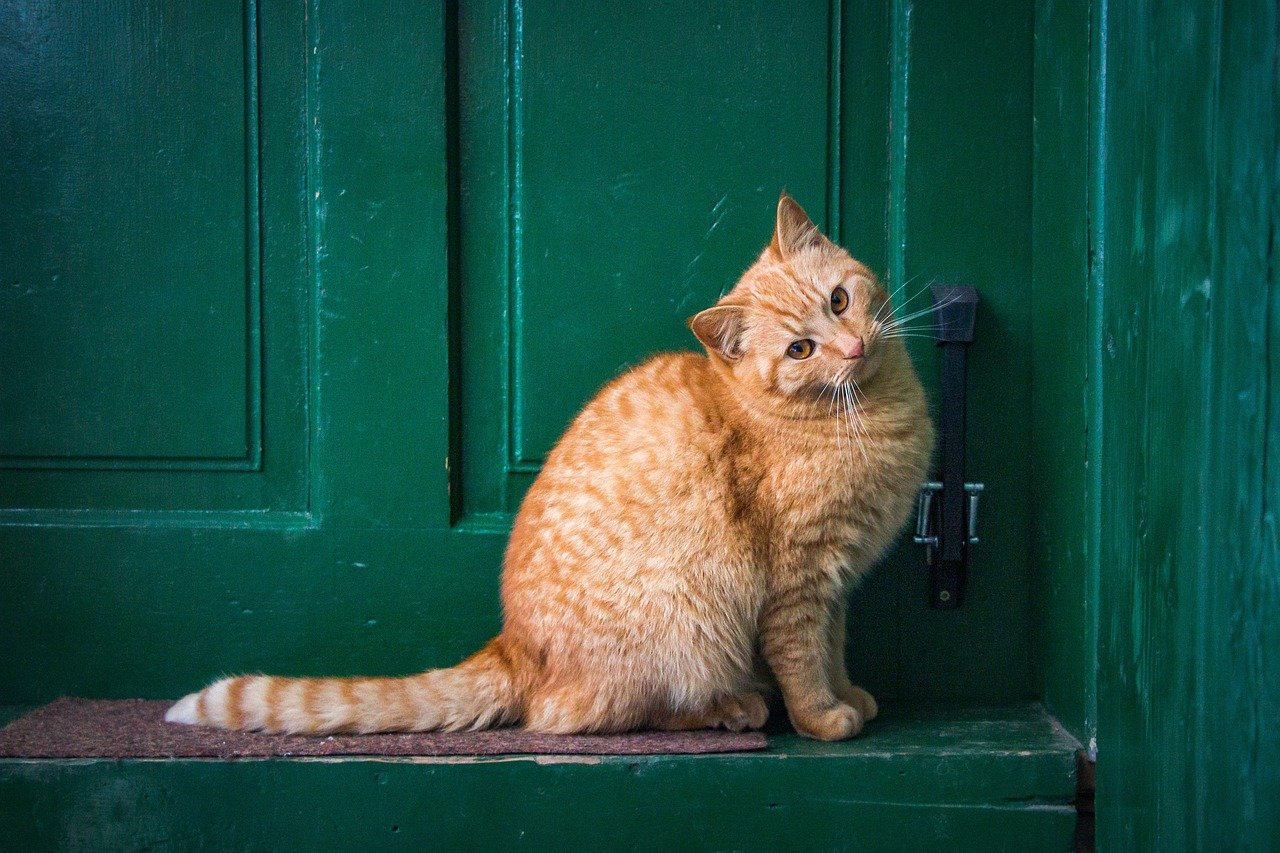
A twitching tail might seem like a warning sign, but it’s often more subtle. Cats use their tails to communicate a range of emotions. A slow, gentle twitch can indicate curiosity or mild irritation, while a rapid twitch might suggest they are agitated or excited. It’s essential to observe the context and other body language cues to understand what your cat is trying to convey. Think of the tail as a mood ring, revealing their current emotional state.
6. The Sudden Pounce
Have you ever noticed your cat suddenly pouncing on seemingly nothing? This behavior is rooted in their hunting instincts. Even if they are well-fed, their natural urge to hunt and practice their skills remains. This play-pounce helps them hone their reflexes and keeps them mentally stimulated. It’s a bit like a human practicing a sport to stay sharp, even if there isn’t a game on the horizon.
7. Chattering at Birds
Cats often make a chattering sound when watching birds or other small animals from a window. This sound is thought to be a mix of excitement and frustration. Some experts believe it’s an instinctual mimicry of a bird’s call, while others think it might be a way to prepare their jaw muscles for a swift kill. Regardless, it’s a fascinating glimpse into their predatory mindset, a reminder of their wild ancestry.
8. The All-Too-Familiar Ignoring
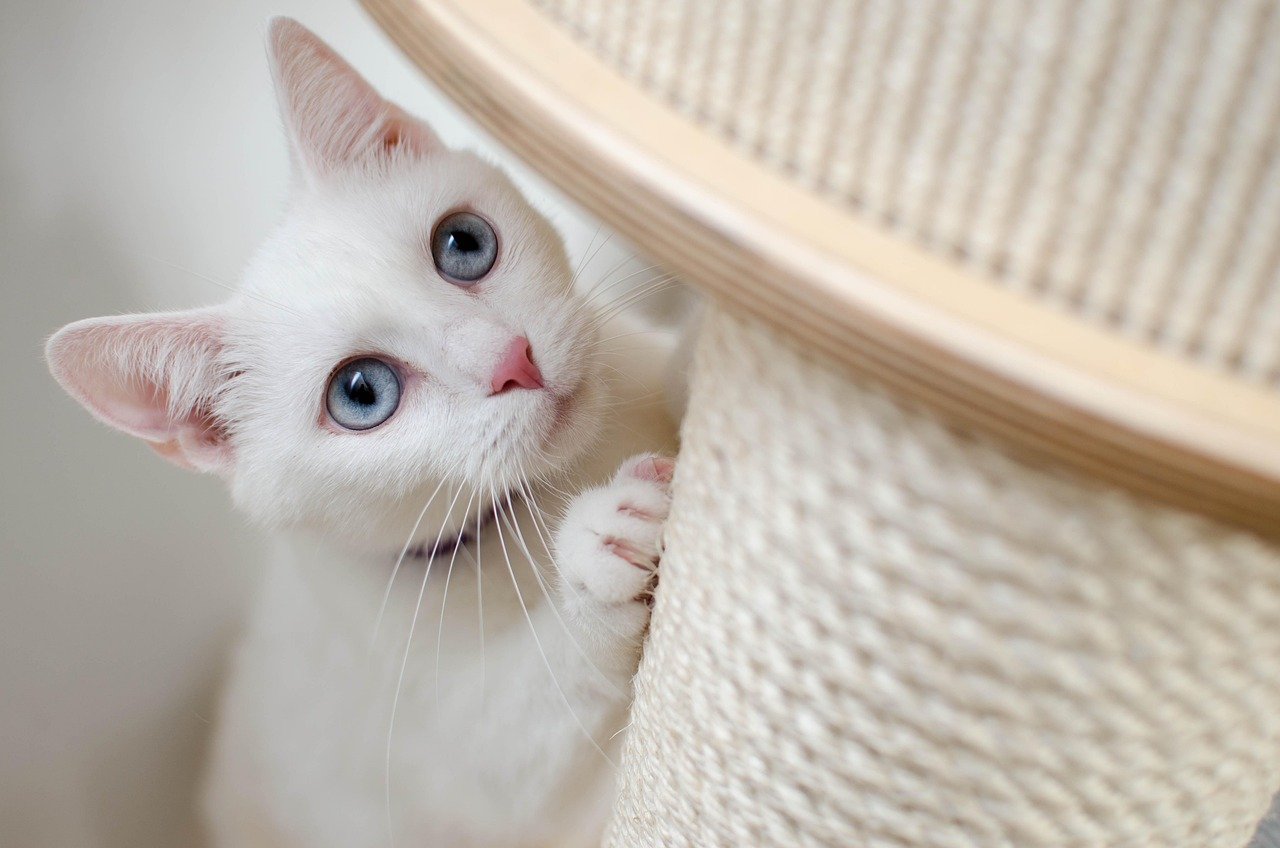
Cats have a reputation for appearing aloof, but this behavior is often misunderstood. When a cat ignores you, it could be due to overstimulation or a desire for some alone time. Cats, much like humans, appreciate their personal space and moments of solitude. Respecting this need can strengthen your relationship, demonstrating trust and understanding. It’s a bit like giving a friend room to breathe after a busy day.
9. The Love of High Places
Cats are natural climbers, and their love for high places can be traced back to their survival instincts. In the wild, being perched up high allows cats to survey their territory, spot potential threats, and find prey. For your indoor cat, a high perch offers a similar sense of control and safety. Providing cat trees or shelves can satisfy this instinct, giving them a safe space to observe their domain.
10. The Gentle Bite
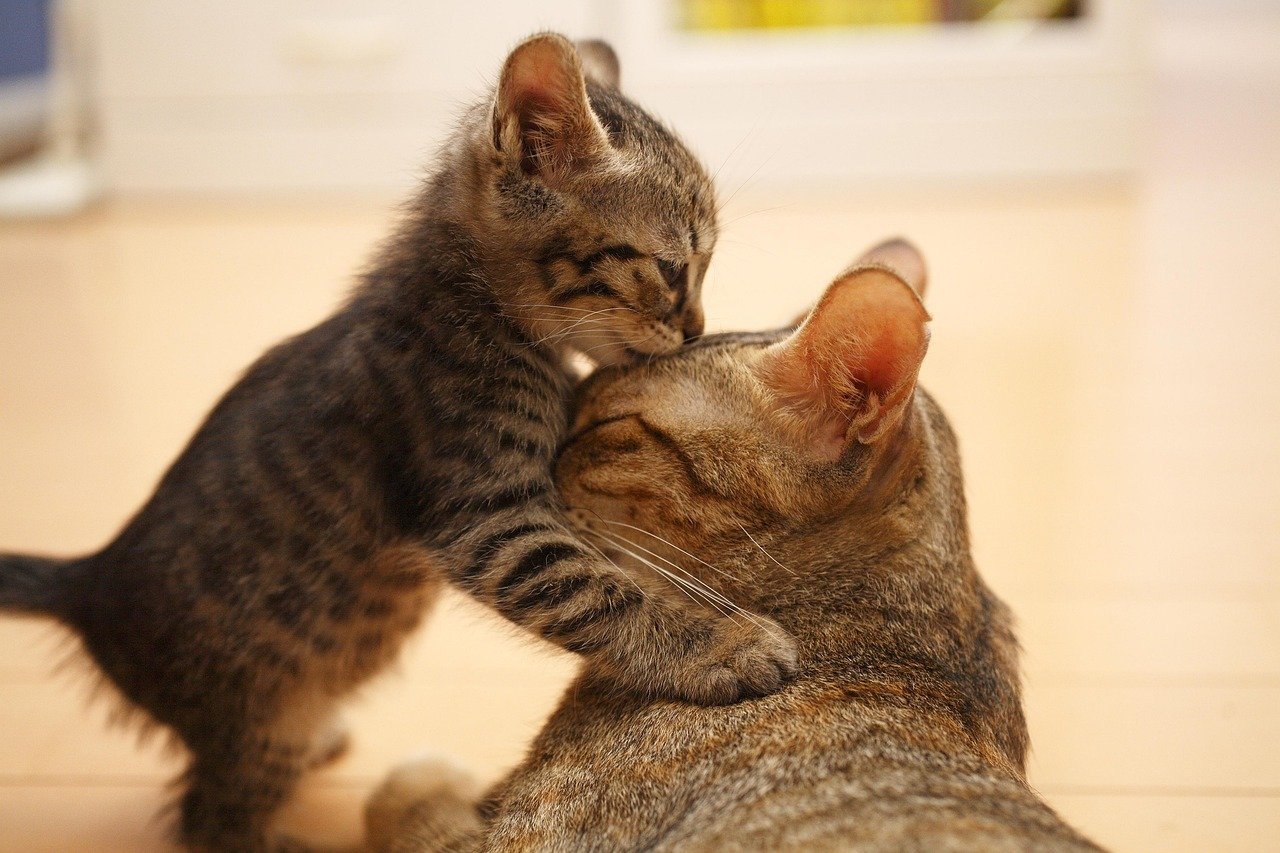
A cat’s gentle bite, often referred to as a “love bite,” can be perplexing. While it might seem aggressive, it’s usually a form of playful affection. Cats use their mouths to explore the world, and a soft nibble can be their way of showing fondness. However, it’s essential to distinguish between a gentle bite and a more aggressive one, which might indicate overstimulation or discomfort. It’s akin to a playful pinch between friends, a sign of affection with a touch of mischief.
Understanding these feline behaviors can transform the way you interact with your cat, deepening your bond and creating a more harmonious home. By embracing their unique ways, you can better cater to their needs, ensuring a happy and fulfilled feline companion.

Linnea is a born and bred Swede but spends as much time as possible in Cape Town, South Africa. This is mainly due to Cape Town’s extraordinary scenery, wildlife, and atmosphere (in other words, because Cape Town is heaven on earth.) That being said, Sweden’s majestic forests forever hold a special place in her heart. Linnea spends as much time as she can close to the ocean collecting sea shells or in the park admiring puppies.






